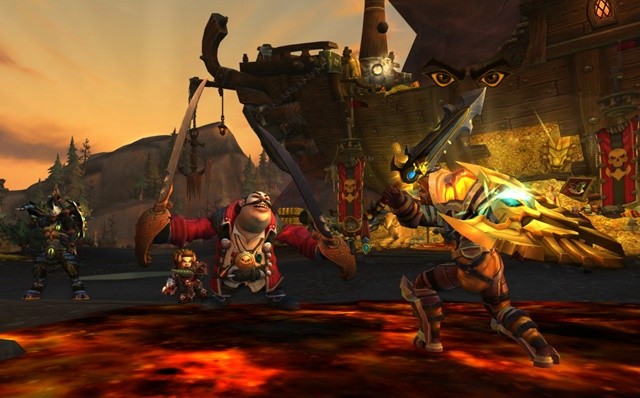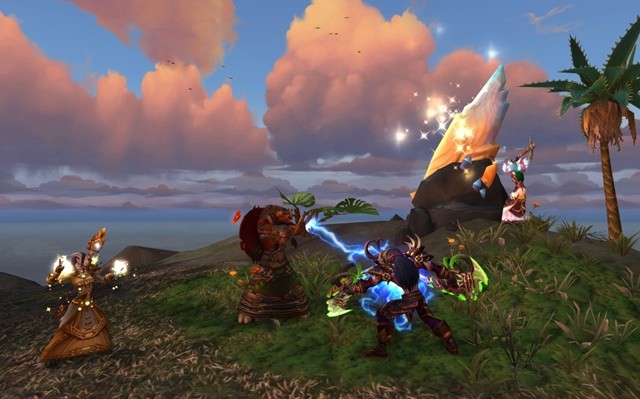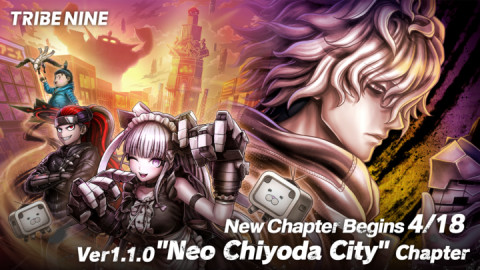
On April 3rd 2018 (PDT), Ion Hazzikostas, Game Director at Blizzard Entertainment, delivered a presentation about Battle for Azeroth, the new expansion of the World of Warcraft. The session consisted of one presentation with sneak peaks of the new content that will be playable upon launch of the expansion and a Q&A.
Related Articles
Explore, Claim Resources, and Battle for Your Faction: World of Warcraft Interview
WoW: Battle for Azeroth Still Cuts & Collector’s Edition Illustrations Revealed!
Players are given an opportunity to empower themselves by leveling up in 2 separate continents - Zandalar and Kul Tiras. Accomplishing quests is now more vital as you get to understand the current situation in the other continent. Along with venturing into the other continents as you level up, a further feature is called the War Campaign. This is reminiscent of Class Order Campaigns in Legion and Garrison Campaigns in Warlords of Draenor. It is designed to work as a backbone telling the story of the Alliance and Horde conflicts.

One of the other core features in the expansion is new allied races. Some of the new races - Nightborne and Highmountain Tauren for the Horde, and Lightforged Draenai and Void Elf for the Alliance - are already introduced in the Legion expansion, and players were given an ability to unlock and make them as playable. As the story unfolds, each faction also goes to Zandalar and Kul Tiras to seek the aid of potential new allies - Zandalari Troll and Dark Iron Dwarf.
There’s also Island Expeditions which includes countless small skirmishes between two forces across the numerous islands around the Great Sea. Controlling the substance called Azerite will become a key to have the lead in the war, and the player is to queue with two other players and come across the replayable content. Ion claimed that everything from a scenario to a keystone dungeon culminates in the Island Expeditions. NPCs are also racing against the player in order to claim the Azerite for their faction.

Whereas the Island Expeditions is a small-scale content, Warfronts are about large-scale war. It is a large 20-player cooperative experience heavily influenced by the previous RTS such as Warcraft. The player becomes a commander of the faction force and performs a number of strategic movements such as building up the base, securing the supply lines, training troops, and destroying the enemy base.
Not to mention that there will be 10 dungeons in the expansion, there is the Azerite Armor System that, in many ways, is a successor to Artifact Weapons and Legendary Items in the Legion. The player wears an amulet on behalf of Azeroth, and it absorbs the energy from Azerite as the player explores the world which will level up and allows to power several pieces of gear that the player will be wearing in return. Unlocking different traits and customization will also be available to suit the player’s playstyle.
Along with the digital deluxe that has been available since the late January, the physical collection will also be available with a couple of more treats. It includes a double-sided book that tells different stories of the conflict in Battle for Azeroth. The two-sided emblem called Mark of the Legions is also included in the collection, along with a digital soundtrack. World of Warcraft: Battle for Azeroth will become available on August 14th, 2018 (PDT).

Below is the Q&A after the presentation answered by Ion Hazzikostas.
Can you tell us about the PvP?
We have an entirely new world PvP system. Rather than having separate PvP and PvE servers, we introduce something called the War Mode. We are unifying all server types in this expansion, and the only distinction is now whether it’s either PvP or PvE, and the player can toggle on and off the mode when they enter their capital cities. By turning it on, they will go out into the world with other players who made that same distinction, allowing people to cross over all servers to play PvP when they want to, but also for the first time, it can also give structure and environment of the new possible content directly targeting that audience. Again, the goal here isn’t ever to force anyone who doesn’t like PvP into going into this mode. It’s more for those who do like it and make them feel properly rewarded. The long-term goal is that, if two people do each quest for an hour and one is in the mode and the other is not, they’ll probably end up ideally around the same level of overall efficiency in terms of rewards, but each one of them was able to enjoy their own playstyle.
We have some improvement overhaul to the PvP. Instead of a vendor, there’s a gear progression of consistently increasing the gear level. When you win a set of arena matches or battlegrounds for the first time, in your first week of gameplay, you might earn a weapon that’s an introductory quality. In each week, you will earn a different piece of higher quality armor. Once your full set is completed, a subsequent week will give you even a higher piece of armor. You have a deterministic way of working towards gear through PvP.

Was there any kind of technology that the team pulled from Diablo team?
No technology was directly drawn from Diablo 3. All details in World of Warcraft are hand-crafted to give the feels of World of Warcraft. In terms of spawning, there’s many mixing and matching the AI systems that govern those behind the scene. Thus, there are tons of possibilities that would give the experience to players that are never the same.
Was there any concern with the events that AI could feel too much like PvP for those who don’t really like PvP?
In terms of how mobs behave in WoW, the different level of potential that mobs on the islands behave differently gives anxiety which is distinctive from the usual PvP. We’ve been working on the overall aggressiveness of the enemy AI, especially in lower difficulties. Players are more than welcome to do a speedrun in low difficulty or play in high difficulty with more aggressive mobs on the islands.

When the team went back to play Warcraft 2 and 3 for designing Warfronts, what elements were they excited to bring back and were there any challenges in trying to incorporate the traditional RTS gameplay into WoW?
Base-building was a huge one. Gathering resources was one of the excitements as well. But, they came along with challenges as well, because we wanted to make sure that players feel some sense of ownership over the choices they are making. Players can individually choose to contribute the resources they gathered to a specific building and upgrades, and the tech tree that was in Warcraft 2 and 3 will also be implemented in the game to help choices constrained a little bit.
With one faction being able to take it for a period of time in Warfronts, is there any chance that, one faction won’t be able to reclaim it for a long period of time because the other is keeping it really well?
When you attack it, you will pretty much always win. As Warfront is not PvP, one faction is assaulting against the raid of massive NPC force. When the other faction counterattacks after a week or so, then that faction now takes the Warfront for that period of time. It will shift back and forth. There’ll be resources that players need to donate in order to reach the cooldown, and the faction will be able to launch the assault when it’s filled up. Unlike Wintergrasp which was server-based, this is region-wise experiences which reflect the same situation in all of North America or Europe.

Sort by:
Comments :0






